
OR
Opinion
Enhancing the Political and Socio Economic Ties Between India and Nepal
Published On: April 8, 2024 09:00 AM NPT By: Dr. Prem Lal Joshi
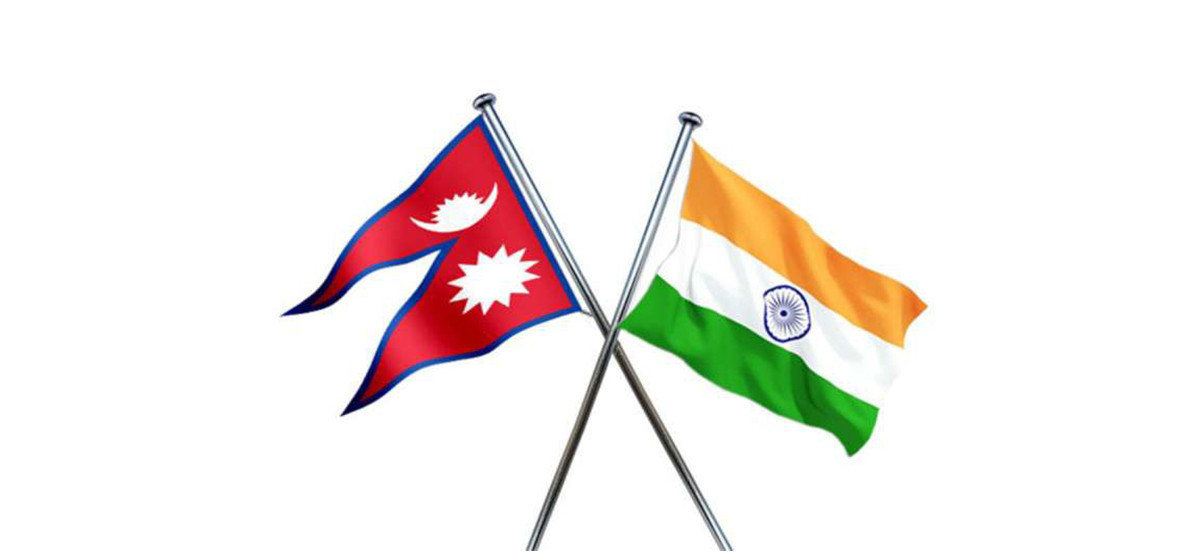
On September 25, 1768, and August 15, 1947, respectively, India and Nepal were formally established. It's evident that Nepal is more than 178 years older than India. It is critical that India and Nepal fortify their unique political, social, and economic ties. India and Nepal have traditionally engaged in economic cooperation. The signing of the Treaties of Trade and Transit in 1960 and Peace and Friendship in 1950 between India and Nepal, in addition to earlier bilateral agreements, have been crucial in establishing trade as a fundamental component of economic relations and in promoting trade.
Because of their near proximity, India and Nepal share a unique friendship and cooperative relationship. It is characterized by frequent cross-cultural interactions, an open border, and close family relationships. Since 1950, India and Nepal have honored each other's Army Chiefs with the honorary title of General in recognition of their long-standing military cooperation. With equipment and instruction, India has played a significant role in the Nepali Army's (NA) modernization.
With a ranking of 11th today, up from 28th in 2014, Nepal is now India's top export destination. In the fiscal year 2021–2022, it made up 2.34% of India's exports. In actuality, exports to India account for about 22% of Nepal's GDP. The bulk of India's imports into Nepal include petroleum products, grains, iron and steel, machinery, and auto components. Nepal and India have the biggest trade gap, estimated to be worth US$6.1 billion in 2020. Nepal and India exchanged power for a total of Rs 10.38 billion up until the middle of November 2022. Power has been Nepal's principal export to India throughout the last few years.
India not only provides Nepal with the majority of its foreign investments and business partners, but it also acts as a transit nation for the bulk of its trade with other nations. Sarwar Lubina (2018, October) reports that, although China has been Nepal's largest source of foreign direct investment (FDI) since 2015, India is the nation's largest trading partner and the source of all foreign direct investments, in addition to providing transit for almost all of the country's third-country trade in accordance with the Indo-Nepal Transit Treaty.
Areas of Cooperation:
Cooperation in a number of fields is beneficial to the bilateral relationship as well. India has been a proactive partner in Nepal's development, offering support in various domains such as education, infrastructure, energy, health, water resources, disaster management, rural development, and regional security. They have also collaborated to construct road and rail connections along the border. Indian companies are major investors in many different fields, and they have made significant investments in Nepal. Due to the two nations' shared geography and culture, India has become one of Nepal's most significant bilateral donors since the 1950s. As per Tanu M. Goyal's (2018) Development Cooperation Report, India was ranked fifth out of Nepal's top five bilateral developing partners for the fiscal year 2015-16.
Water Resources and Energy
Communication channels have been developed between India and Nepal to handle issues pertaining to shared hydropower resources. India now imports all of Nepal's hydroelectricity, which originates from Indian investment; China is no longer the country's primary hydroelectric investor. In June, Prime Minister Pushpa Kamal Dahal and his Indian counterpart Narendra Modi approved the creation of an extra 1,100 MW energy. India is presently funding projects totaling 4,000 MW (Ramesh Bhushal, 2023, August 16: The Third Pole). Dahal said that even if Nepal is committed to giving India hydroelectricity, some of its own people still do not have enough access to it. Additionally, following the prime minister of Nepal's recent visit to India, both nations inked a long-term power trade agreement with the goal of importing 10,000 MW of electricity from Nepal in the coming years.
Education
"Knowledge is just as important to foreign aid as money." The main purpose of helping is to support nations and communities in producing the knowledge necessary for their own growth. (World Bank, 1998). India has been a major provider of development aid in the field of education, and a main survey was carried out in Nepal to evaluate the amount and significance of India's development aid. India was the second country in which Nepali students studied higher education in 2018–19, behind Australia. India has significantly aided in the development of Nepal's human resources by providing thousands of scholarships and seats for a range of courses in India and Nepal to nationals of Nepal every year.
Disaster Management
India sent rescue personnel, supplies, and medical support in record time after a catastrophic earthquake rocked Nepal in 2015. India has provided more than $67 million in relief assistance in total. Additionally, it was reported in November 2023 that India has sent emergency relief to Nepal in the form of essential medical and auxiliary supplies after a strong earthquake with a magnitude of 6.4 rocked Jajarkot, Nepal. India provided Nepal with $1 billion in financial assistance for the districts of Nuwakot and Gorkha to be rebuilt after the earthquake. This was Indian humanitarian aid and disaster relief in Nepal provided in a swift, sure, and selfless (SSS) manner.
Infrastructure, Rural Development, and Healthcare
As India's principal development partner, Nepal started collaborating with India to construct a modern infrastructure. India built Kathmandu's Gauchar Airport, also known as Tribhuvan International Airport, which was finished in 1954. The focus on improving connectivity between the two nations was recently emphasized by the opening of the Indian Railway cargo train from Bathnaha to the Nepal Customs Yard and the Gorakhpur-Bhutwal Transmission Line.
Additionally, because labor rates and material costs have increased, India has increased the budget for each "small development project" in Nepal from the present amount of Rs 50 million to Rs 240 million. India has been contributing financial support to a number of local high-impact community development projects (HICDPs) in Nepal, including the construction of hospitals, schools, and colleges (Giri, A., 2023).
Cultural Exchanges
As the birthplace of the Buddha, Lumbini, is in modern-day Nepal. Hinduism and Buddhism are closely associated with each other in both nations. The Swami Vivekananda Centre for Indian Culture was established in August 2007 with the goal of showcasing the best aspects of Indian culture in Kathmandu. The Ram temple at Ayodhya is currently able to boost religious tourism and pilgrimage between India and Nepal because of historical circumstances. The sharing of cultures and programs that promote interpersonal interactions is one of the most significant parts of bilateral cooperation. Numerous agreements have been signed by Indian and Nepalese media and cultural organizations. Showing off India's rich cultural legacy through collaborative cultural events, film festivals, and health retreats can also have an impact on public perception.
Problems in India-Nepal Relations
Citizens of Nepal are permitted to travel freely across the border and apply for jobs in India under the terms of the 1950 India-Nepal Treaty of Peace and Friendship. Given the changing political and economic conditions in both countries, a careful reevaluation of this agreement is necessary. India's security is seriously threatened by terrorist groups' ability to transport arms, ammunition, trained personnel, and counterfeit money across the flimsy and inadequately guarded border between Nepal and India. The connection between India and Nepal is becoming less dependable. Since they believe India is meddling too much in Nepali politics and endangering their political sovereignty, several ethnic groups in Nepal are resentful of India.
Mutual Solutions Needed Through Trust Building
Building trust is essential to resolving disputes over water, border, and other matters amicably between the two nations through diplomatic negotiations. In order to lessen Chinese interference in Nepal, India must also boost its investments there. Initiatives that benefit the local population will improve positive opinions of India.
Cultural contacts have traditionally taken place between India and Nepal. India and Nepal are strategically and commercially connected. An amicable and cooperative Nepal as a business and cultural partner will be advantageous to India. There should be regular communication between the newly reshuffled Nepalese government and the Indian government, which should work to improve cooperation in all areas. This will be advantageous for India's long-term interests due to strategic considerations and India's considerable presence in the smaller countries in the region to relinquish them to China's ambitious territorial expansion plan.
You May Like This
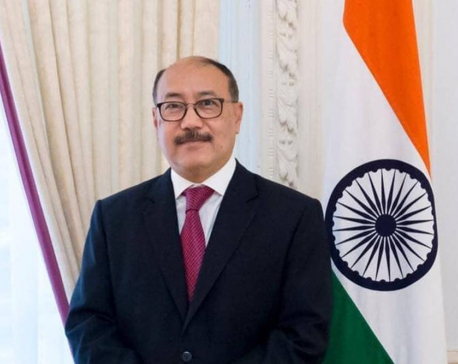
Former Indian Foreign Secy Shringla highlights India's strategic engagement with neighboring Nepal
KATHMANDU, April 18: Former Foreign Secretary of India, Harsh Vardhan Shringla, has underscored the importance of India's strategic relations with... Read More...

Entrepreneurs in Nepal, India seek joint cooperation for tourism promotion
SIKKIM, March 25: Entrepreneurs in the eastern part of Nepal and the neighboring Indian State of Sikkim have expedited consultation for... Read More...
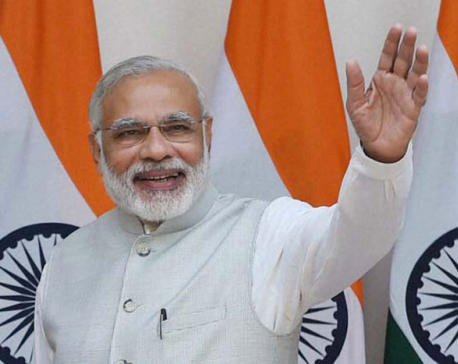
Nepal good friend of India: Deuba, India ready to support Nepal's development: Modi
NEW DELHI, Aug 24: Prime Minister Sher Bahadur Deuba, who is currently on a five-day state visit of India, said... Read More...
Just In
- Finance ministry approves SEBON’s proposal to reduce stockbrokers’ commissions
- Embassy of Nepal in Islamabad urges Nepalis not to go to Kyrgyzstan illegally for foreign employment
- Nepal’s labor exodus drives Indian laborers to fill gaps in domestic factories
- India's BJP extends invitation to Nepal's key parties, including PM Dahal's, to observe Indian election campaign
- NSO estimates Nepal’s per capita income at US $ 1,456
- RSP calls Central Committee and Secretariat meeting
- Narayanghat-Butwal road reports 50 percent progress in over five years
- Minister Bhandari requests Chinese govt to facilitate Nepali exporters in customs and quarantine









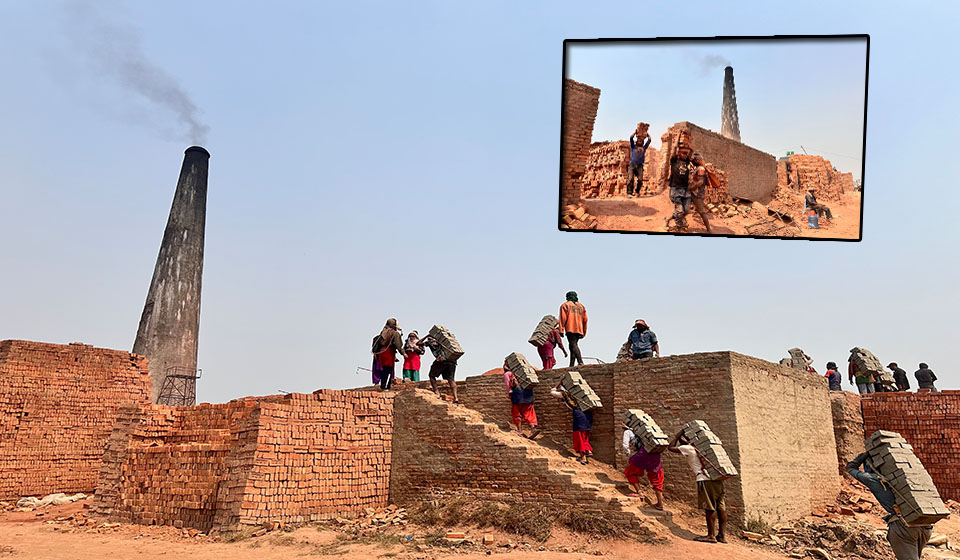
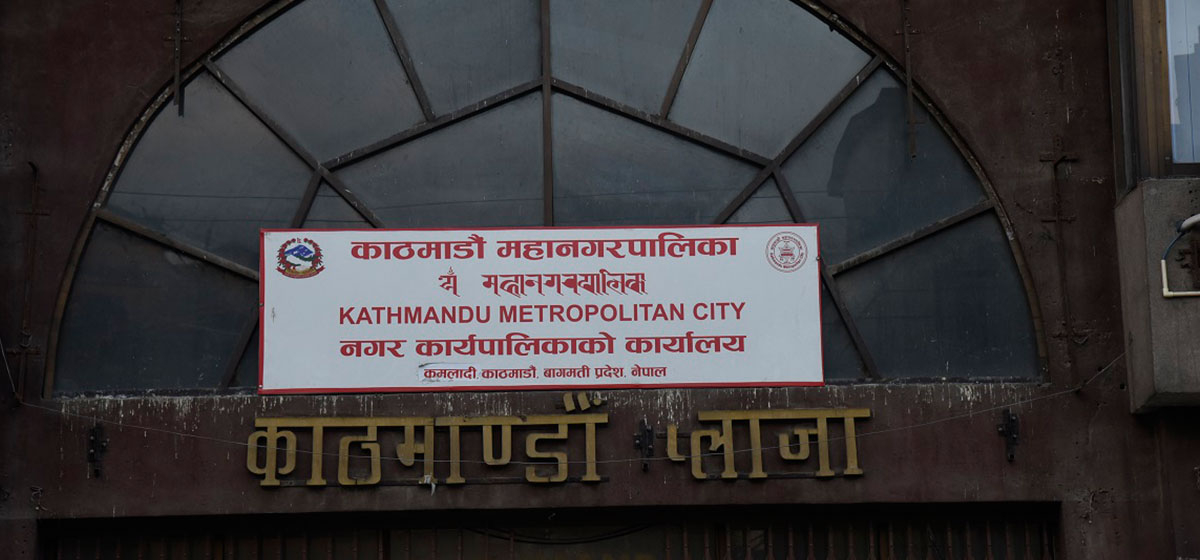
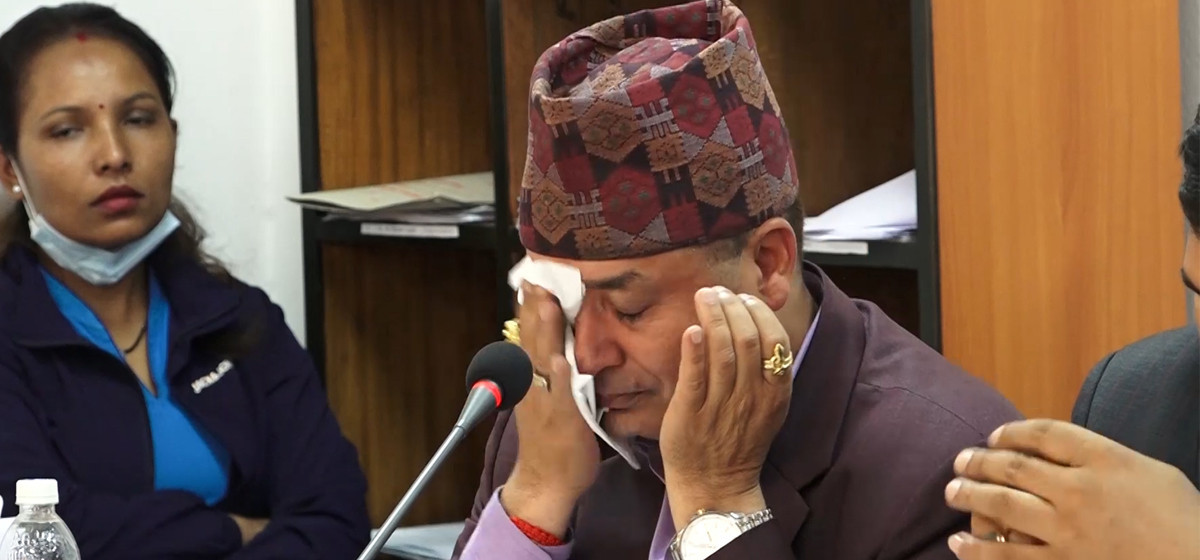
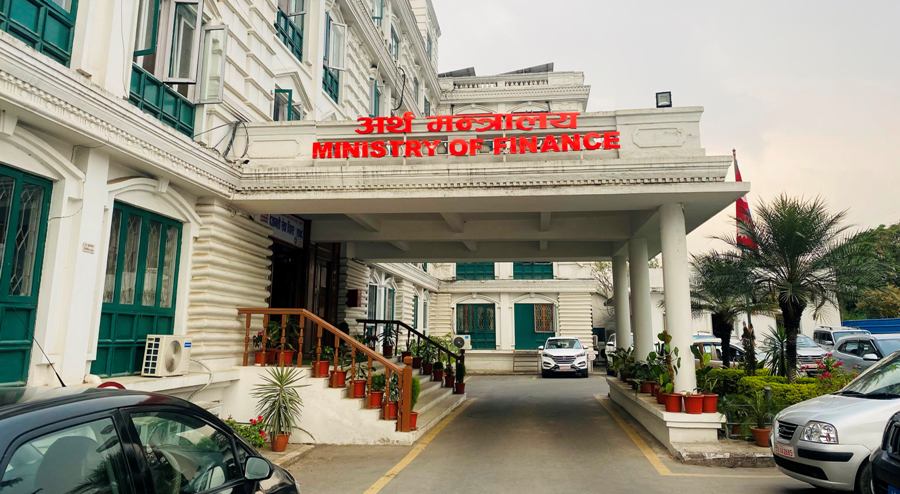
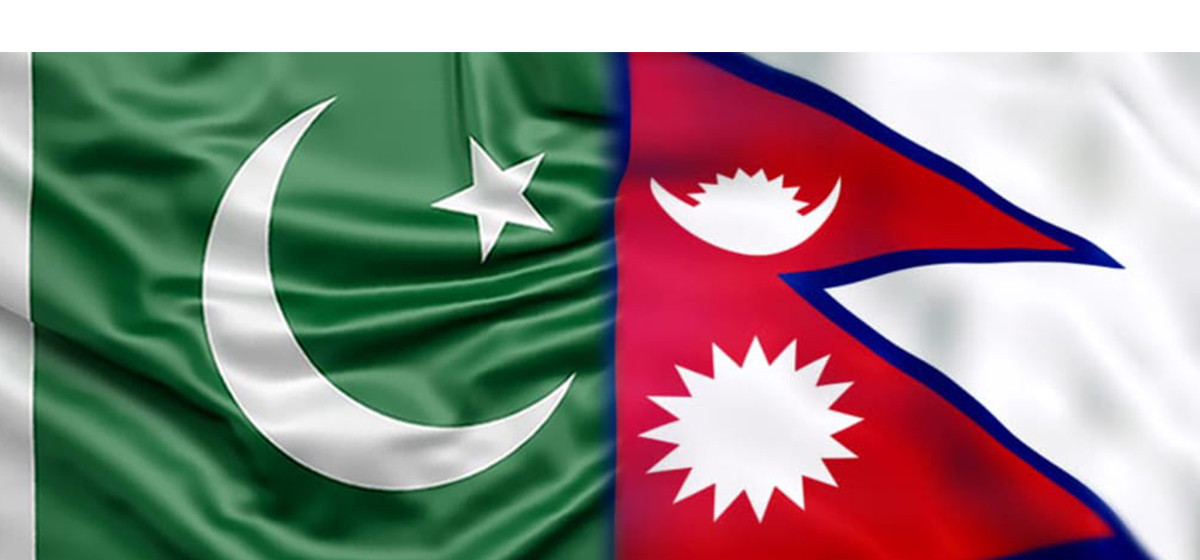
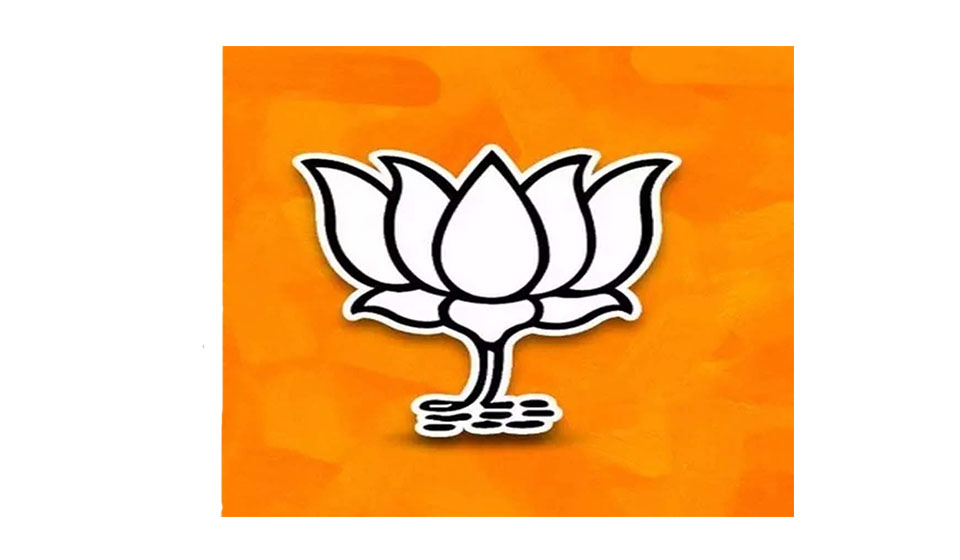
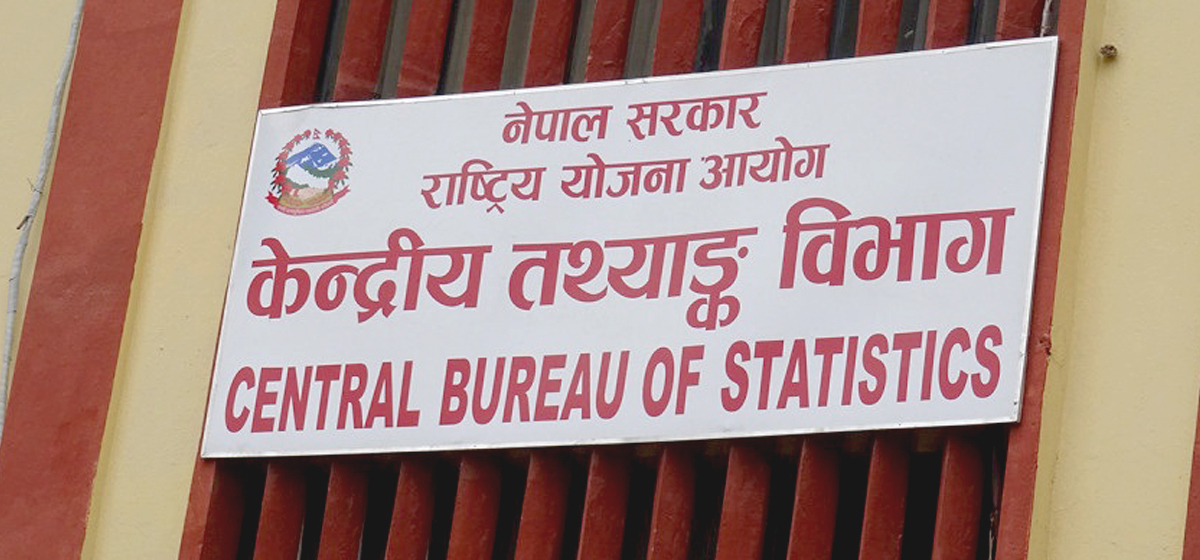
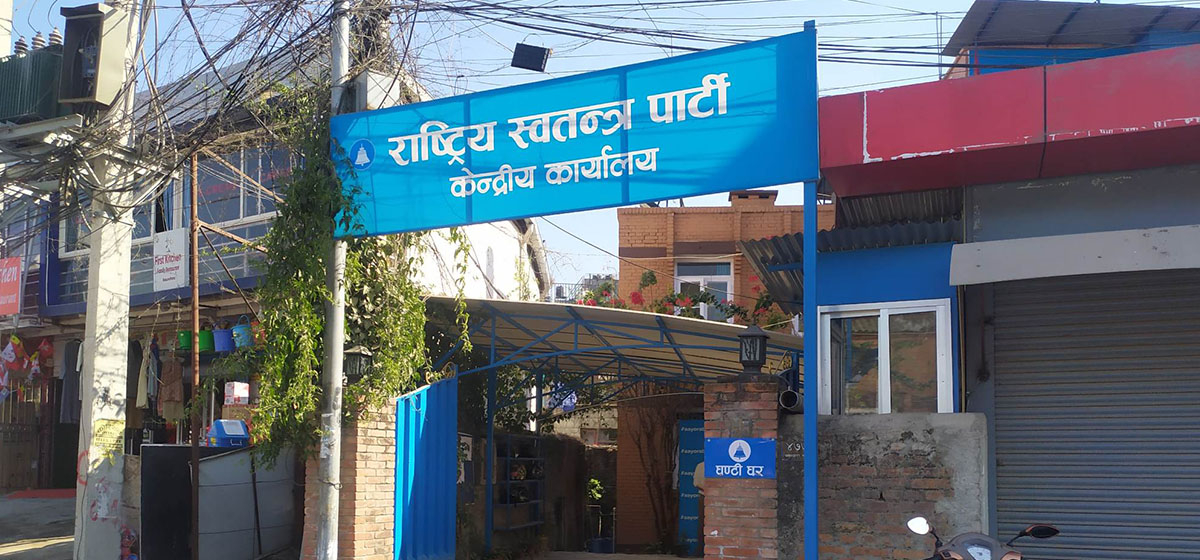

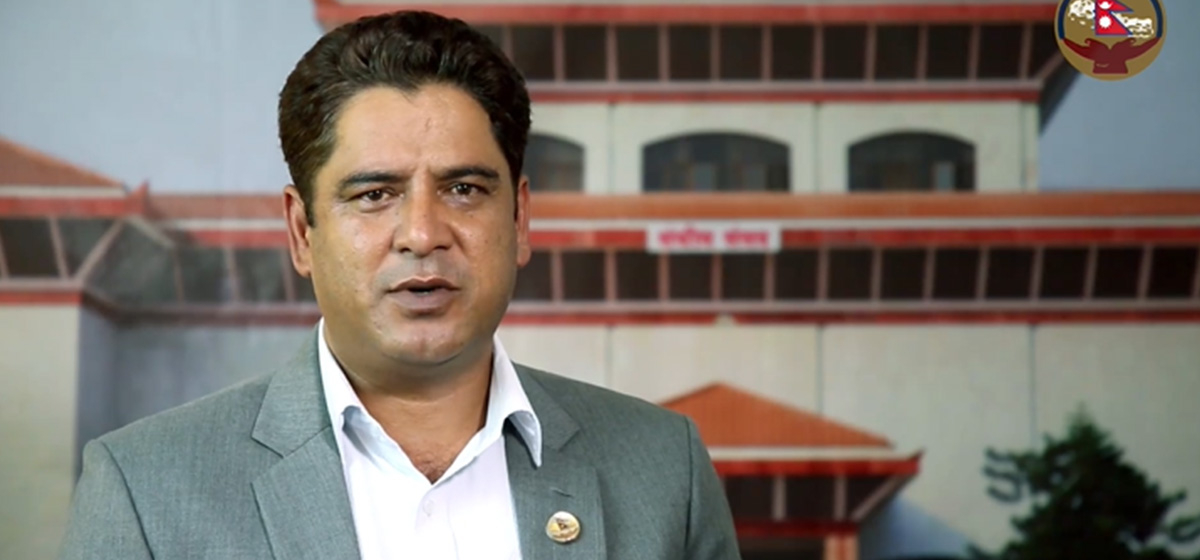
Leave A Comment